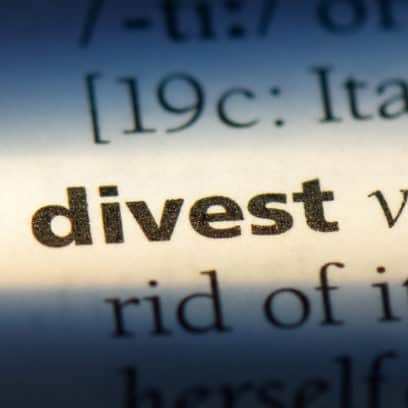Long-Term Problems, Short-Term Stakeholders | Super Wicked Problems

SUPER WICKED PROBLEMS
A ‘wicked problem’ is “difficult or impossible to solve because of incomplete, contradictory, and changing requirements that are often difficult to recognize, and there is no single solution to the problem.” (Wikipedia) ‘Super wicked problems’ also include these factors: “time is running out; those who cause the problem also seek to provide a solution; the central authority needed to address it is weak or non-existent; and […] policy responses discount the future irrationally.” (Levin, K., Cashore, B., Bernstein, S. et al.)
Addressing the mismatch between the horizon of climate change and the tenure of business leaders
Climate change is a pretty difficult problem to solve. Not only are there complexities and interdependencies that are nearly impossible to map out, but the longer it takes to solve the problem the harder it will be to do so. I believe that by continuously working to understand the problem we increase the likelihood that our solutions will be up to the challenge, and this means being honest about where there are gaps that can affect forward progress.
An example of one of the ways that climate change continues to be a super wicked problem is that while businesses are best positioned to address the problem of climate change because they are primary contributors to it, they have limited incentive to do so. Why don’t companies do more? One reason is there is a mismatch between the time horizon of climate change, and the tenure of decision-makers in business.
The average tenure of a CEO is about 10 years, and research from the Conference Board at Harvard pegs the average tenure of a Board of Directors at a little under 10 years. Today, environmental goals to address climate change are commonly set for 2050. It is unlikely that the set of leaders making these promises will be the ones ultimately held accountable for them, and that’s a problem. Further, corporate leaders are still bound by fiduciary responsibilities; they may be dismissed if their performance is not up to financial expectations. Even if leadership has environmental goals and they are passionate about climate commitments, they may not get to see them through if the companies they run do not perform fiscally.
Beyond these concerns, it’s important to realize that many current company leaders may not be alive to experience the true effects of climate change, and therefore may view the climate crisis differently than those who will. The combination of long-term goals with short-term stakeholders will not help the fight against climate change, and may significantly hamper progress.
Fighting climate change is a commitment that should and must span generations. Real and lasting change requires multi-year projects—research must be done without the expectation of immediate results. In order to better match solutions to the problem, companies must get the right help to set attainable short-term goals that ensure a clear roadmap for long-term goals. While tying performance to environmental initiatives can create a layer of accountability, decoupling long-term environmental initiatives from executive performance can help drive near-term goals when working with short-term stakeholders.
We know this is easier said than done because we help our clients navigate these complex considerations. The framework for the governance of companies has only started to include environmental considerations. Let’s keep this conversation going as we work to rethink how we must exist as a society today, in order to save our planet for the future.
Tri is the founder and President of CarbonBetter. He expanded his energy business beyond logistics to help tackle climate change from the inside. When he’s not helping his team support energy and decarbonization clients, you can find him spending time with his family. Connect with Tri on LinkedIn and subscribe to be notified about new stories.


